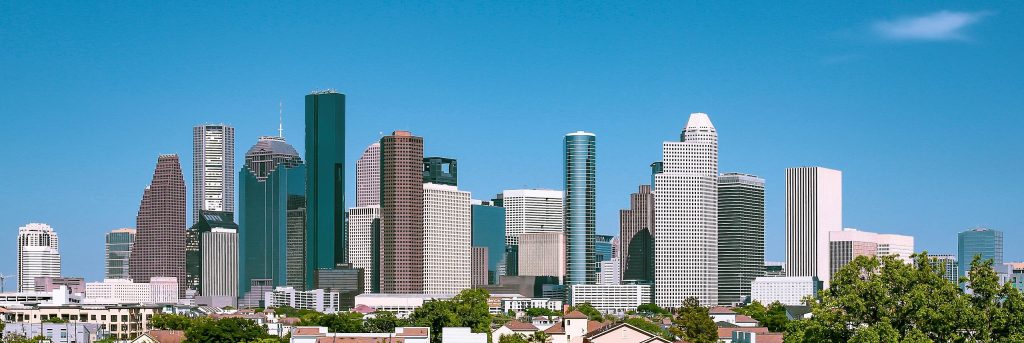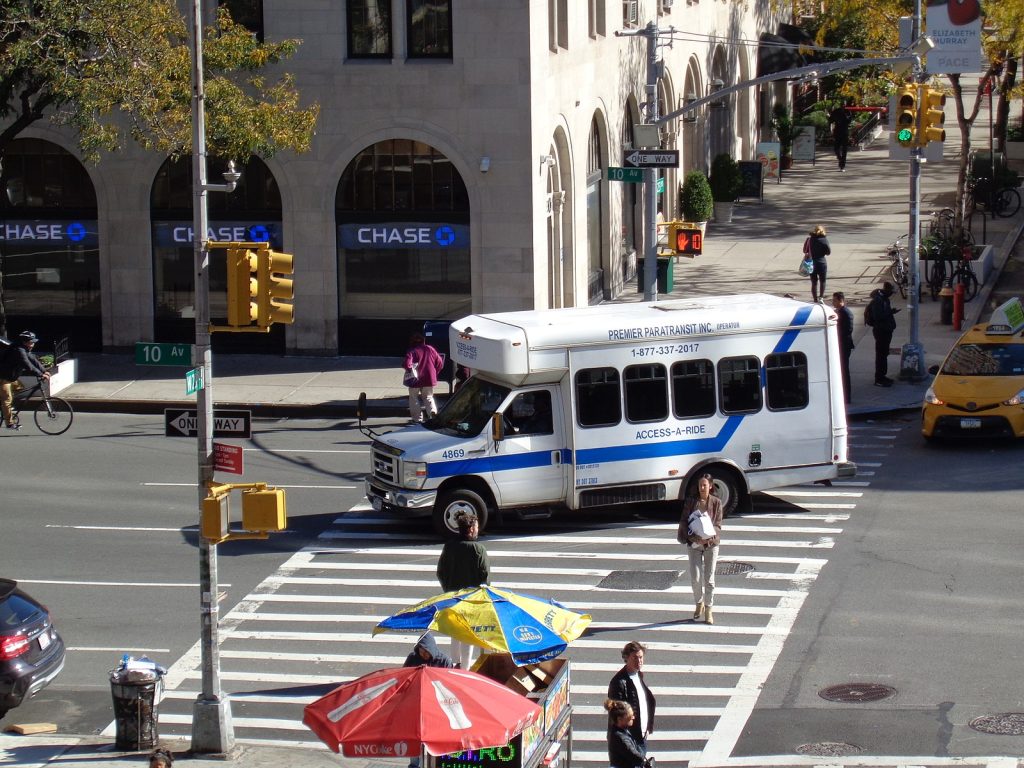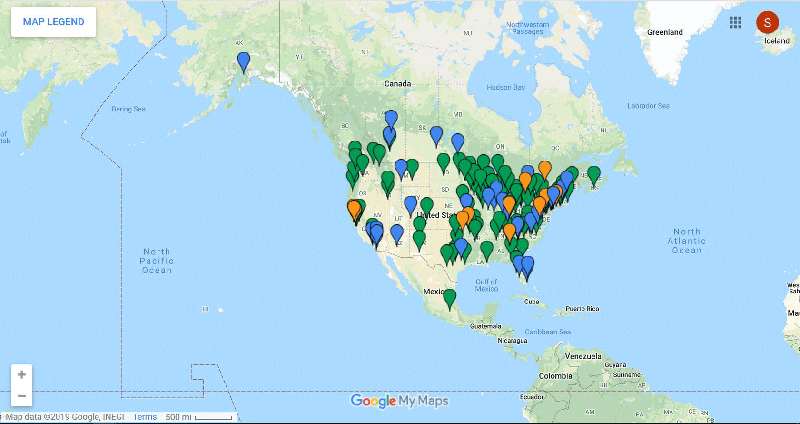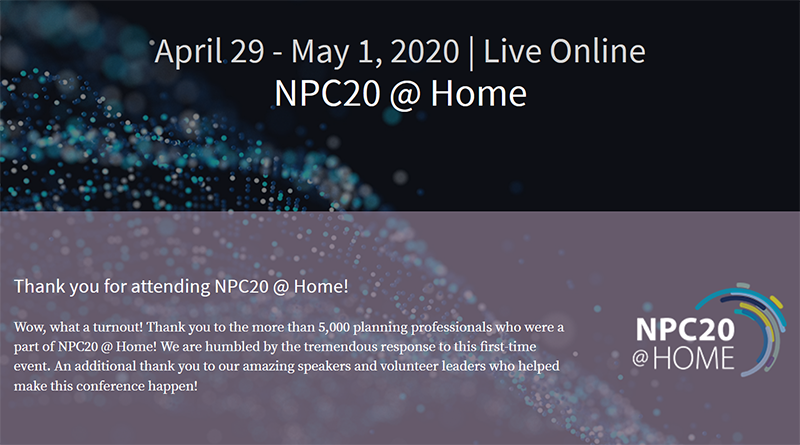From April 29th to May 1st, the American Planning Association (APA) hosted NPC20@Home, the organization’s online 2020 National Planning Conference. The event, originally scheduled to be held in Houston, Texas from April 25th to 28th, took on the new format, and a renewed importance, as the organization responded to the COVID-19 pandemic and its impacts. Organizers offered three days of webinars, each focused on a particular theme: 1) Rebuilding Community, 2) Planning in a Digital Era, and 3) Navigating the Future of Planning. Many of the sessions addressed how planners can facilitate recovery from the impacts of COVID-19 on cities and communities. A number of sessions focused on TOD topics such as zoning, parking minimums, microtransit, and overall transportation planning policies.

Rebuilding Community (Day 1)
Representatives of the APA Executive Committee kicked off the event with a keynote that addressed the many questions planners have about moving their work and the profession forward during COVID-19 and beyond. The panel spoke on a wide variety of topics, including creative solutions to issues such as broadband access in rural and underserved communities, how to keep municipal planners employed as cities undergo budget cuts, and where new graduates and career planners can get involved as the economy and communities re-open.

Two of the first day’s sessions focused on transportation topics of interest to those working on TOD. Justin Romeo and Stevie Feig, from NYC DOT, Matt Cunningham and Kenny Fennel from WSP, and Chris Henry from FHI, spoke on “Examining Informal and Emerging Microtransit Services.” The panelists discussed a recent study of NYC microtransit services that included sightseeing buses, commuter vans, and private shuttles. The study analyzed ridership estimates data and information gathered from customer surveys and traffic cameras to determine ways to improve the city’s microtransit services and to better inform future DOT policy. The panelists argued that these services may help the city recover from COVID-19’s effects by encouraging sustainable transportation options that could serve as an alternative to mass transit.

Panelists in “From the Trenches: Abolishing Parking Minimums” shared their experiences in eliminating some or all off-street parking requirements in their cities. Alyssa Muto from the City of San Diego, Dan Bartman from Somerville, Massachusetts, and Gregory Sandlund and Matt Eierman from Sacramento served as panelists in the session which was moderated by Nelson/Nygaard associates Lauren Mattern and Ezra Pincus-Roth. Panelists detailed how their cities reduced parking minimums in the areas around transit stations and other neighborhoods. Some of the cities have also begun to institute maximum parking standards for transit and commercial areas. The information in this session may be particularly useful to municipal employees seeking to revamp their parking standards, including those who are starting from square one.
Planning in a Digital Era (Day 2)
Attendees to sessions on Day 2 of the conference learned how to use technology to improve and expedite planning activities on a national, regional, and local scale. Clarence Anthony from the National League of Cities, Matt Chase of the National Association of Counties, and Deb Lawlor, the president of AICP, started the day by discussing how local governments are fighting COVID-19 and how these agencies need significant help from the federal government to address ongoing recovery efforts. Panelists in the day’s sessions highlighted technological innovations that are changing how planners conduct their practice, with emphasis on autonomous vehicles and e-commerce, data sharing and disaster recovery, big data and local data collection, data contextualization methods, and online spaces for community engagement. Other sessions examined the evolution of planning education as technology has advanced, creating political support for planning initiatives through “grasstops” advocacy, and using spatial data and GIS to facilitate a wide variety of planning initiatives.
Navigating the Future of Planning (Day 3)
In their keynote at the start of the conference’s final day, William Anderson of ARUP, John Porcari of WSP, and Sam Assefa from the City of Seattle addressed the roles of planners in helping cities adjust to a new normal post-COVID-19. They emphasized how planners can use their positions to advocate for equity when choosing and implementing solutions raised or exacerbated by the crisis. Mr. Assefa provided concrete examples of how Seattle’s equity planning efforts, which began before the current COVID-19 period, form a foundation for the city’s recovery responses and can serve as an example for other cities across the country.
Eight additional sessions rounded out Day 3 of the online conference and addressed topics such as ethics issues, waste management, housing, the economy, and the 2015 creation of Houston, Texas’ first ever comprehensive plan. Two sessions focused on TOD-related topics. Panelists in “Risk Based Transportation Planning for Uncertainty” detailed the methodology they used in updating the Florida Transportation Plan to include planning risks and alternative futures. The Florida DOT along with numerous Florida universities and planning programs comprised the team who developed a risk register and assessment levels for different types of issues facing transit agencies. These risks included public acceptance of projects, urban sprawl, lack of funding, and natural disaster occurrences. Additionally, a studio team at the University of Florida simulated a case study of sea level rise to determine how it would affect the state’s population, infrastructure, and transportation systems.
The final session of the conference was “Granite Becomes Gold: Curb Value Transformations,” led by Jason Schrieber from Stantec’s Urban Places, Willa Ng from Sidewalk Labs, and Jay Monty from the City of Everett, Massachusetts. The panelists provided guidance on how planners and cities can reconsider their curb usage to better include micromobility, automated vehicles, rideshare, pedestrians, bus lanes, and public space. They emphasized how expensive parking spaces are when compared to other curb uses, as well as how dynamic curbs can enhance public space and improve the lives of residents. Mr. Monty detailed how the City of Everett utilized curbside improvements to make the bus system more efficient and passenger-friendly.
Over the course of three days, planners from across the country discussed many of the issues brought forth by the COVID-19 crisis. More than 5,000 professionals watched the live sessions online. In the midst of this crisis, APA successfully hosted a unique gathering of professionals and created a tool that allows planners to learn from each other, and to carry these lessons into their communities in their pandemic recovery efforts.
Archive recordings of NPC20 sessions are available for purchase under the APA Learn program and are available until April 2021. The cost to access all recordings is $25 for student members of APA, $125 for APA members, and $175 for non-members. AICP CM credits can be obtained by completing the online sessions.

